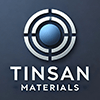Showing 397–408 of 674 results
-
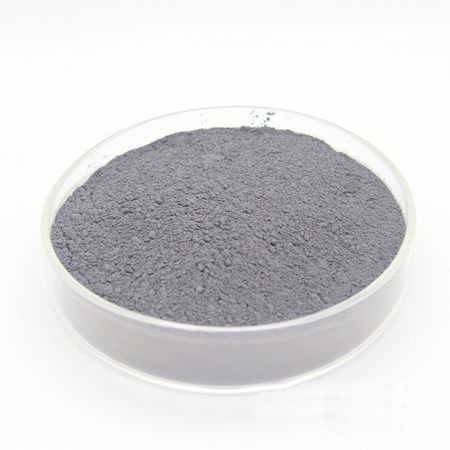
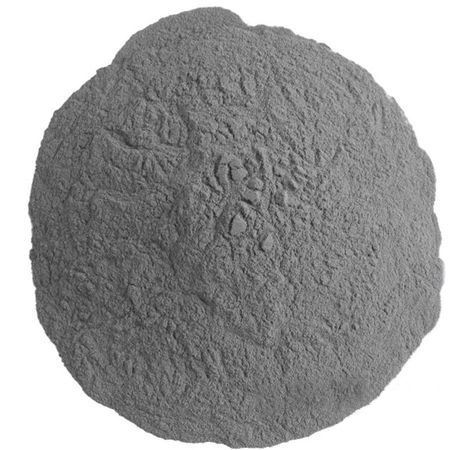
- High Purity: Ensures superior performance in critical applications.
- Corrosion Resistance: Exceptional resistance to oxidation and harsh environments.
- Thermal Stability: Performs reliably under high-temperature conditions.
- Excellent Conductivity: High electrical and thermal conductivity for electronic and energy applications.
- Customizable Particle Sizes: From nano to micrometer scales for specific industrial needs.
- Versatile Applications: Suitable for batteries, coatings, catalysts, and additive manufacturing.
-
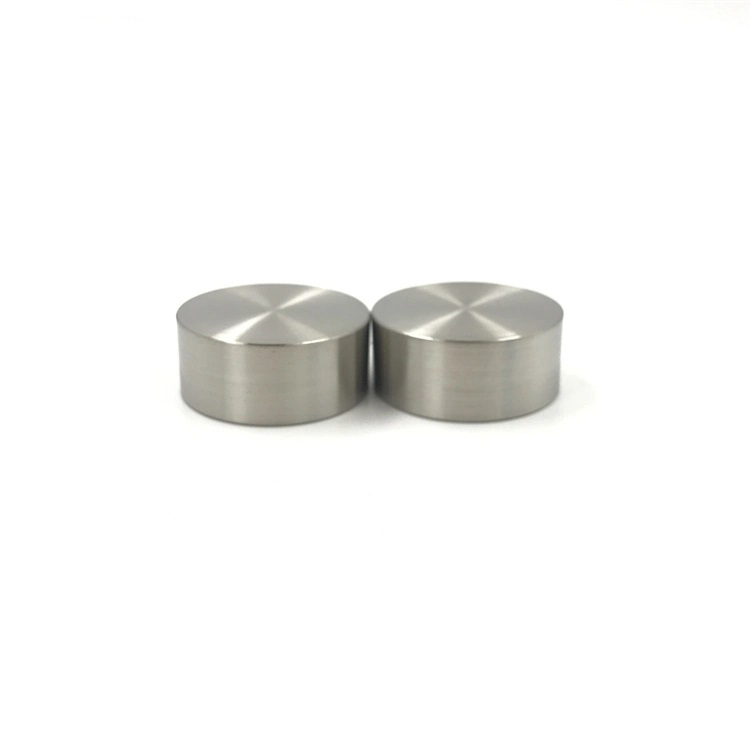
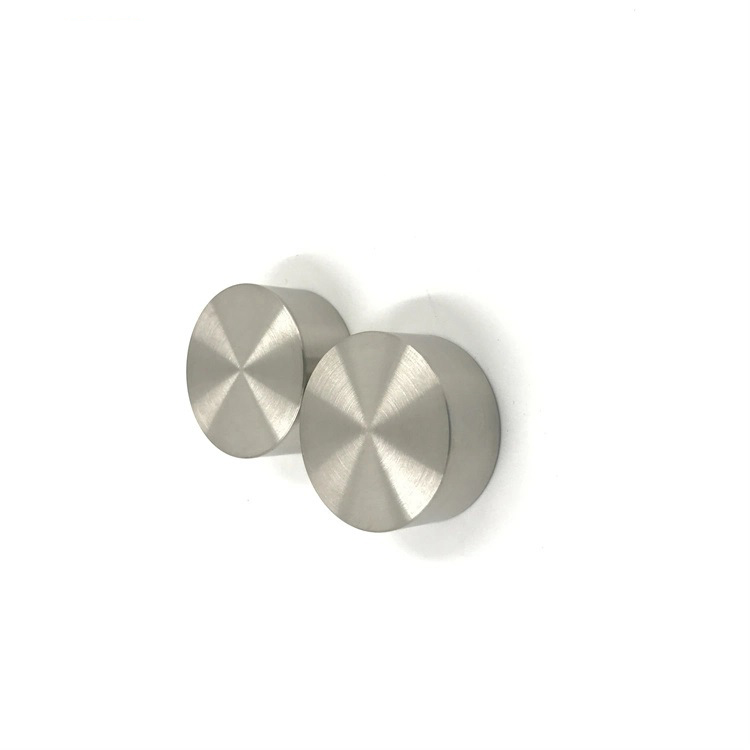
- Thickness: The thickness of the nickel coating can be precisely controlled during the sputtering process, allowing for customized solutions to meet specific application needs.
- Alloys: Nickel sputtering targets can be produced as pure nickel or in alloyed forms, such as nickel-cobalt (Ni-Co) or nickel-chromium (Ni-Cr), depending on the desired properties of the thin film.
- Backing Plates: Nickel targets can be bonded to backing plates made from materials like copper or molybdenum to improve thermal conductivity and mechanical stability during the sputtering process.
-
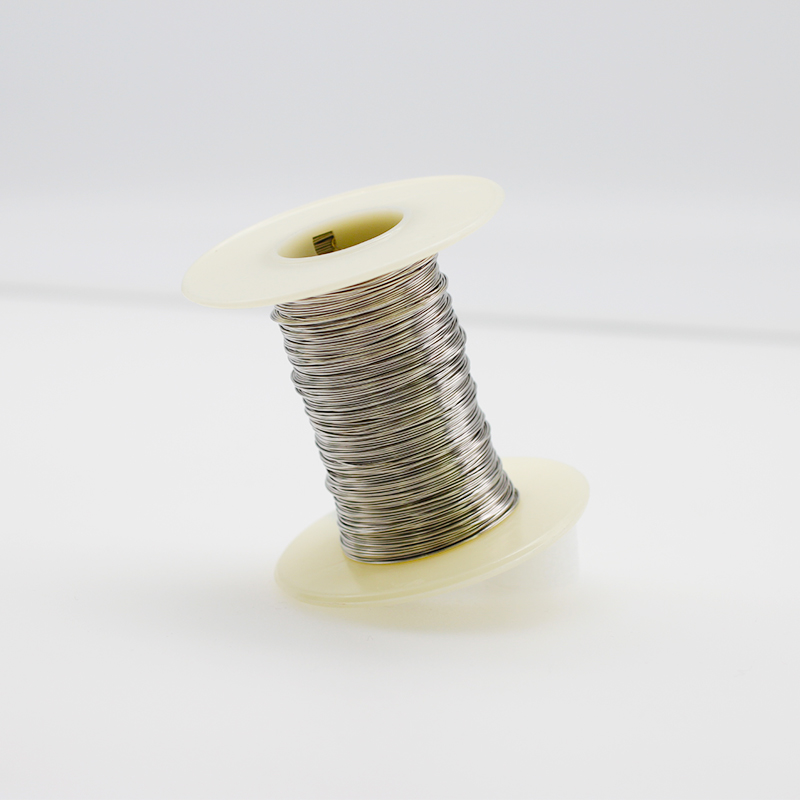
- High Corrosion Resistance: Nickel wire is highly resistant to oxidation and corrosion, especially in harsh environments, such as acidic or alkaline conditions.
- Excellent Electrical Conductivity: Offers stable and reliable electrical conductivity, making it ideal for electrical and electronic applications.
- Thermal Resistance: Can withstand high temperatures without degrading, making it suitable for heat-intensive processes.
- Ductility and Workability: Highly malleable and ductile, allowing it to be drawn into thin wires or shaped for specific applications.
- Magnetic Properties: Nickel exhibits ferromagnetic properties, enabling its use in magnetic and electronic components.
- High Melting Point: Nickel has a melting point of 1455°C, allowing it to maintain performance under extreme conditions.
-
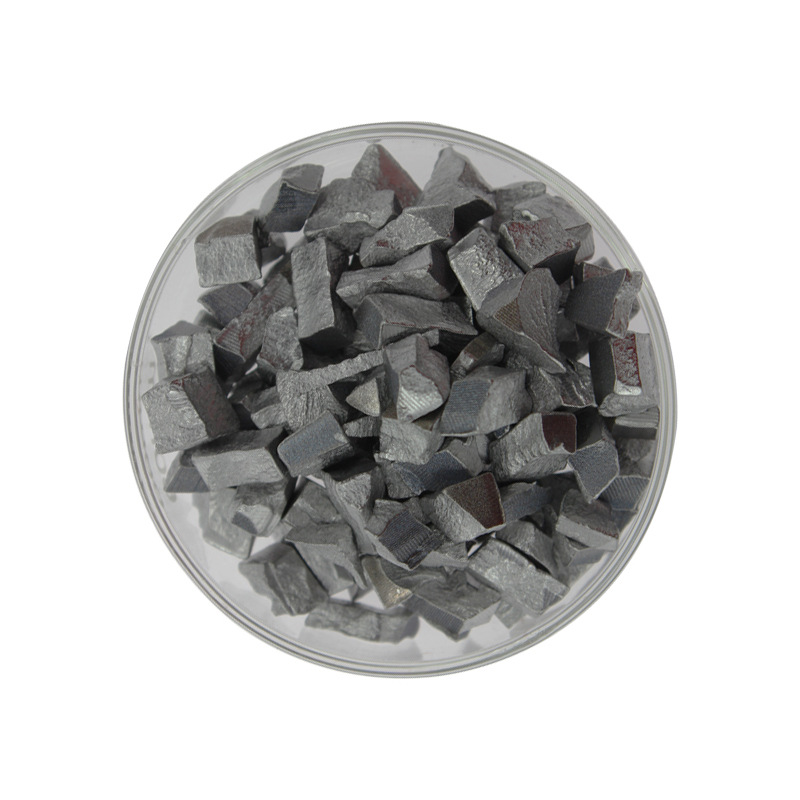
- High Hardness: The alloy provides superior hardness, significantly improving wear resistance.
- Corrosion Resistance: Offers good protection against oxidation and chemical degradation.
- Enhanced Magnetic Properties: Suitable for applications requiring ferromagnetic materials.
-
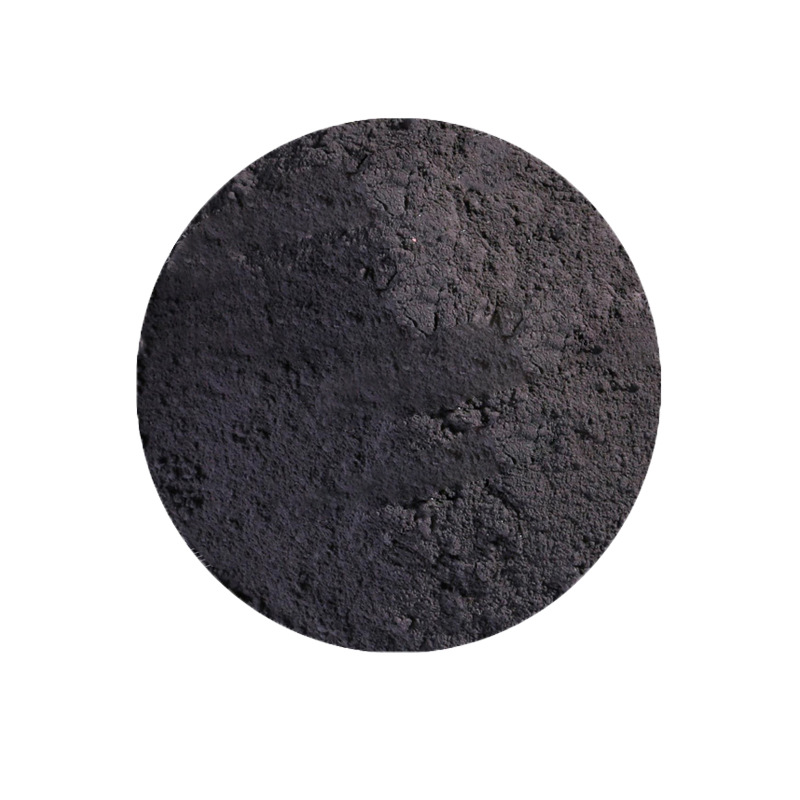
- High Hardness: Provides superior wear resistance.
- Thermal Stability: Excellent performance in high-temperature environments.
- Electrical Conductivity: Suitable for use in electronic and thermal applications.
- Corrosion Resistance: Durable in harsh chemical environments.
- Versatility: Applicable in coatings, composites, and alloy enhancements.
-
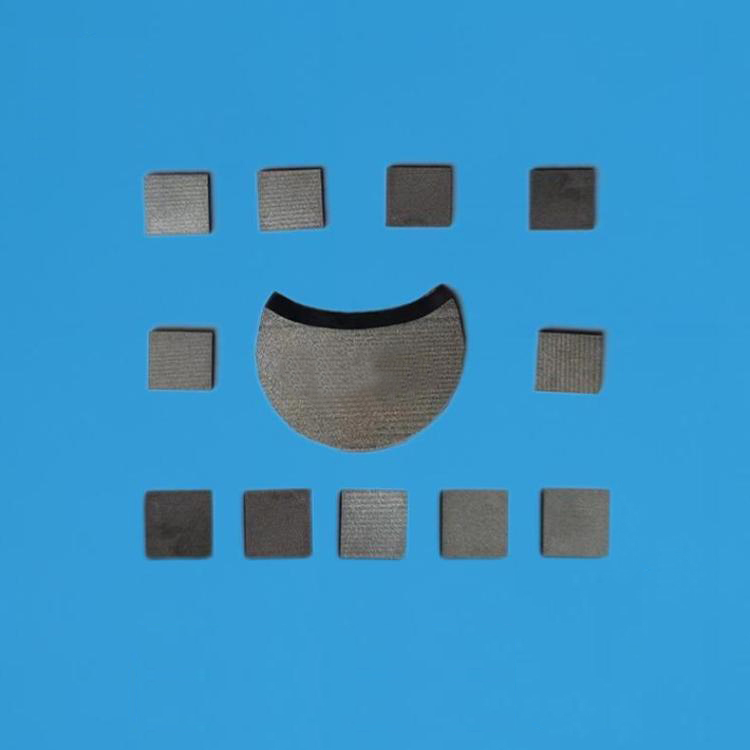
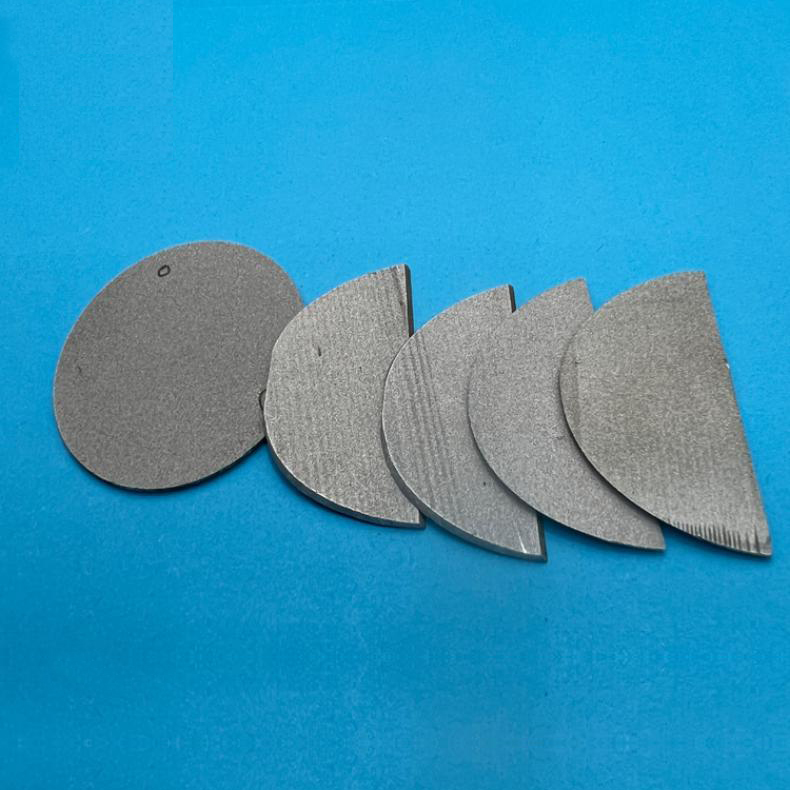
- Excellent Mechanical Strength: Suitable for high-stress applications
- Good Thermal Conductivity: Facilitates high-temperature processing
- Corrosion Resistance: Stable in oxidizing and reducing environments
- High Crystallinity: Supports high-quality epitaxial growth
- Magnetic Properties: Useful for spintronics and magnetic studies
- Surface Stability: Ideal for ultra-high vacuum (UHV) surface science experiments
- Customizable: Wide range of sizes, orientations, and surface finishes
-
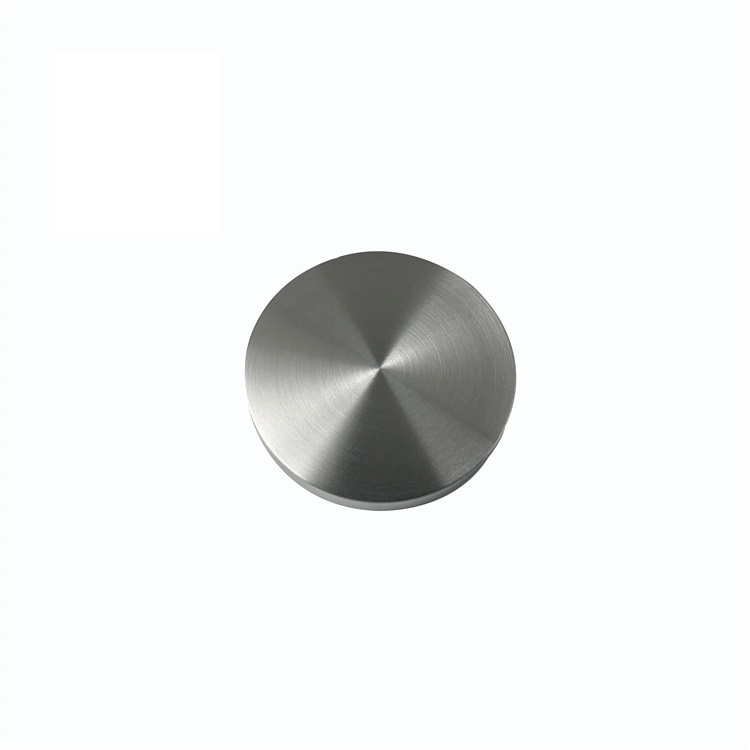
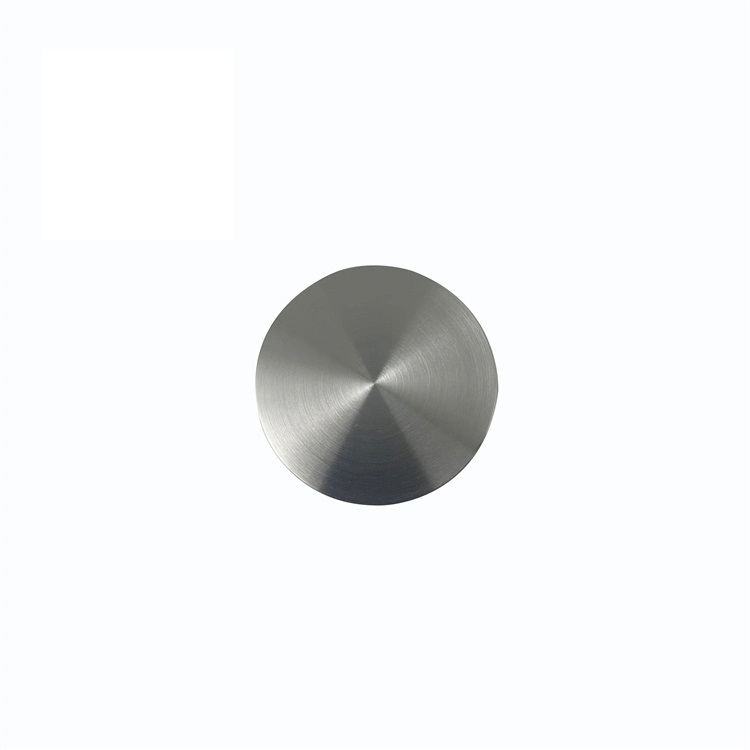
- High Electrical Resistivity: NiCr alloy is valued for its stable and reliable electrical resistivity, making it ideal for resistive coatings in electronic devices.
- Oxidation and Corrosion Resistance: Chromium in the alloy provides excellent resistance to oxidation and corrosion, especially at elevated temperatures, ensuring longevity in harsh conditions.
- Thermal Stability: NiCr retains its mechanical and electrical properties under extreme heat, making it suitable for applications involving high temperatures, such as heating elements.
- Customizable Composition: The ratio of nickel and chromium can be adjusted to optimize properties like electrical conductivity or resistance to oxidation, depending on the specific application.
-
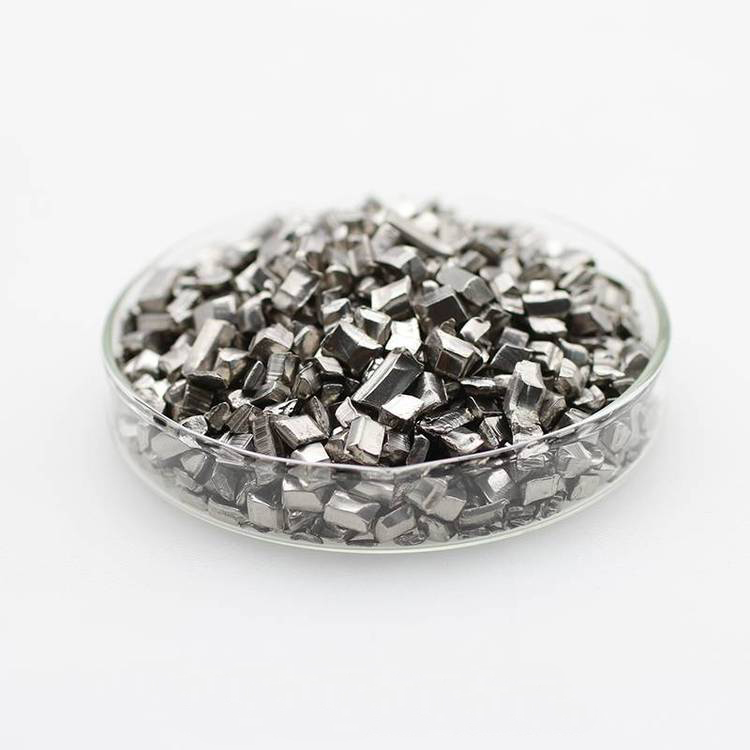
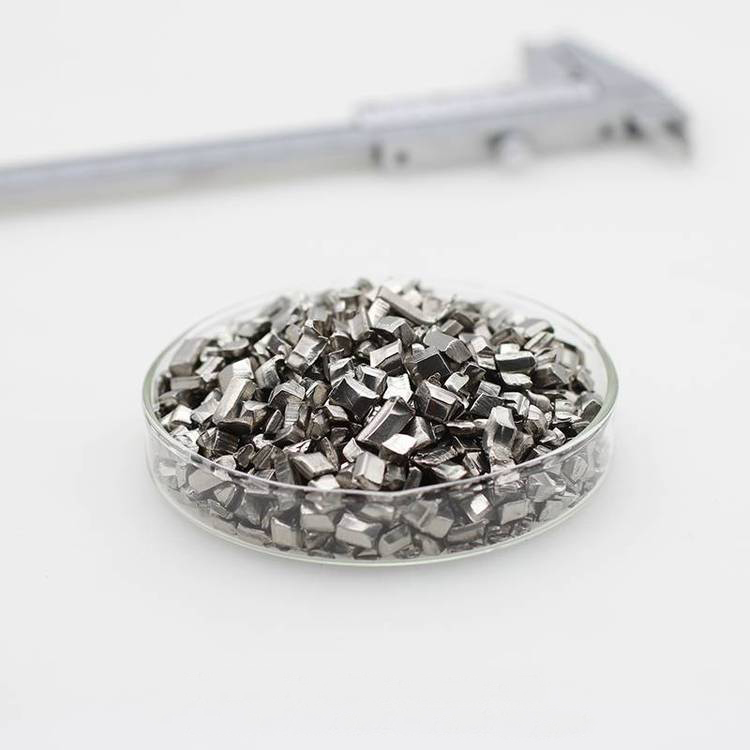
- High purity (≥99.9%).
- Outstanding electrical resistivity and thermal stability.
- Exceptional corrosion and oxidation resistance.
- Uniform pellet size for consistent deposition rates.
- Suitable for PVD and CVD thin-film deposition.
-
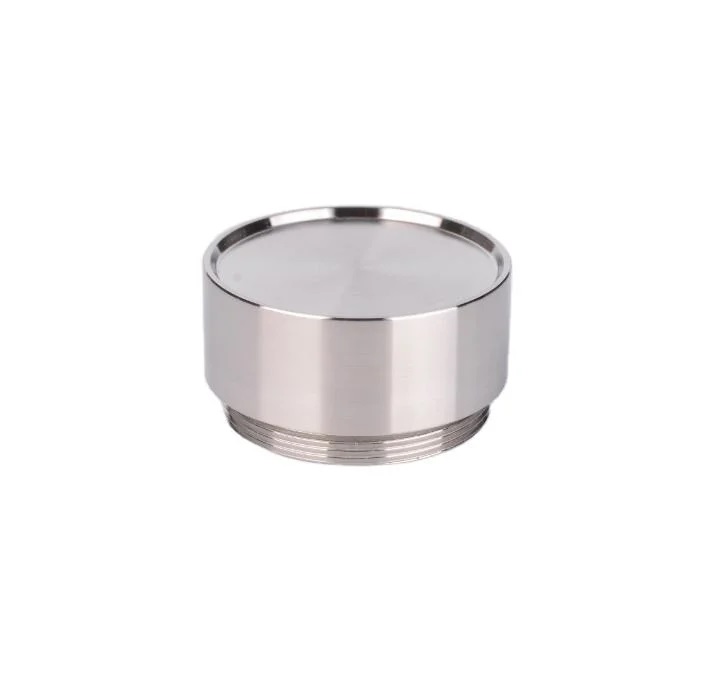
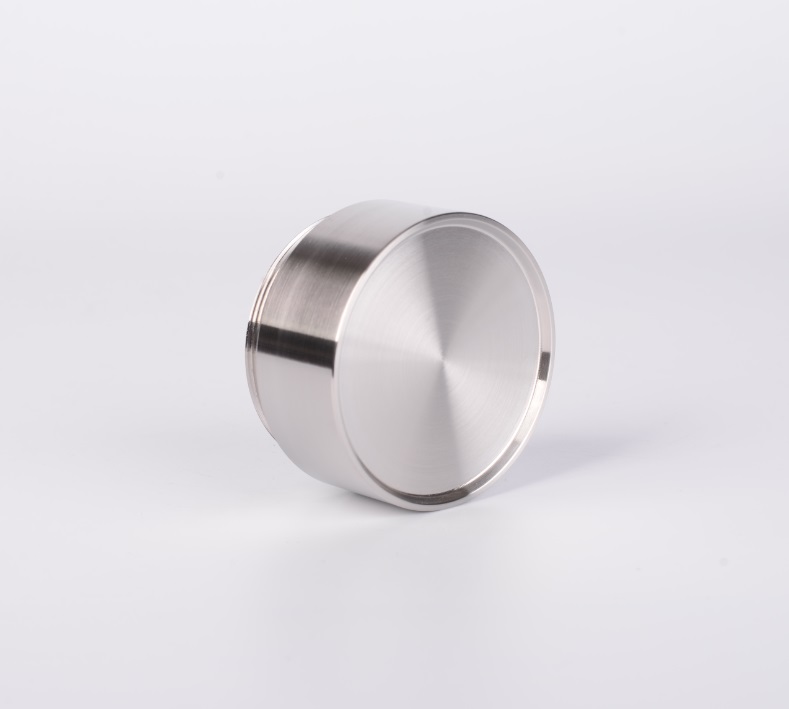
- High Electrical Resistivity: The NiCrSi alloy has a stable electrical resistivity, making it ideal for thin-film resistor applications and other electronics requiring consistent electrical performance.
- Corrosion and Oxidation Resistance: The combination of nickel and chromium provides excellent resistance to corrosion and oxidation, even at elevated temperatures.
- Thermal Stability: The NiCrSi alloy retains its mechanical and electrical properties at high temperatures, ensuring reliable performance in thermal management systems and high-temperature applications.
- Customizable Composition: The nickel, chromium, and silicon content can be adjusted to fine-tune the properties of the alloy for specific applications, including optimizing resistivity or corrosion resistance.
-
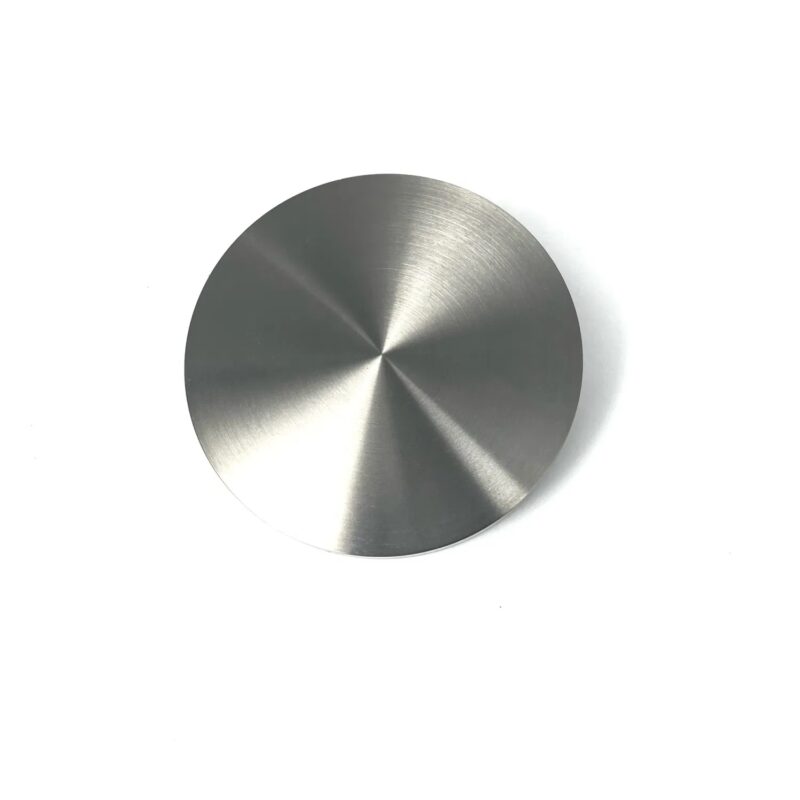
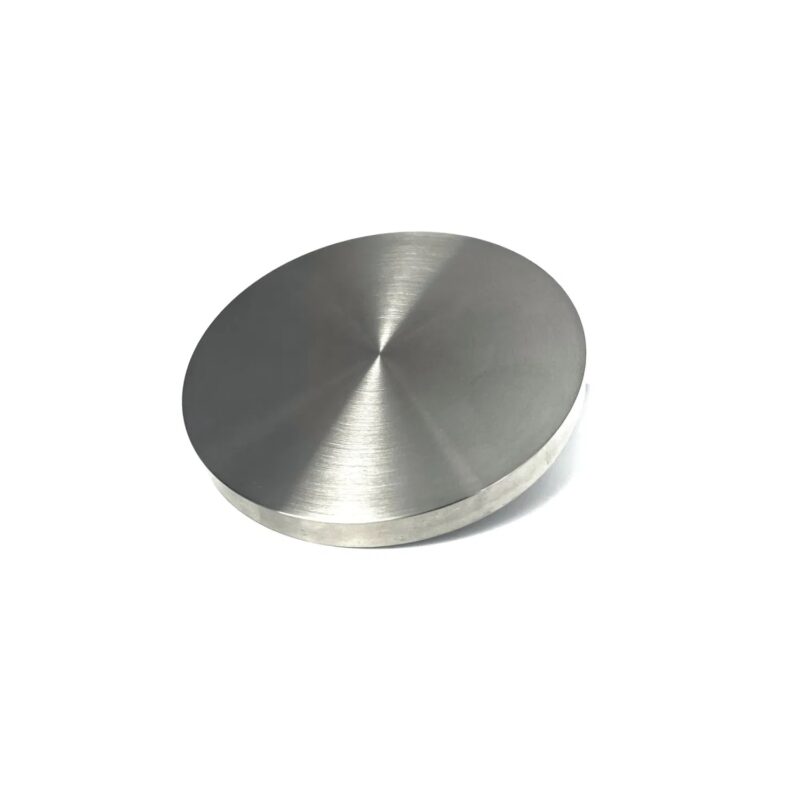
- High Electrical Conductivity: NiCu alloy sputtering targets offer excellent electrical conductivity, making them ideal for thin films in electronic devices where efficient current flow is essential.
- Corrosion Resistance: The combination of nickel and copper provides strong corrosion resistance, allowing the thin films to withstand exposure to chemicals and harsh environments, such as marine and industrial settings.
- Magnetic Properties: NiCu alloys exhibit useful magnetic properties, which can be tailored for specific applications such as sensors, transformers, and other magnetic devices.
- Thermal Stability: NiCu alloy thin films maintain their structural integrity at elevated temperatures, making them suitable for high-temperature applications in aerospace and industrial settings.
- Customizable Composition: The ratio of nickel to copper can be adjusted to optimize the properties of the thin film for specific applications, such as enhancing conductivity or corrosion resistance.
-
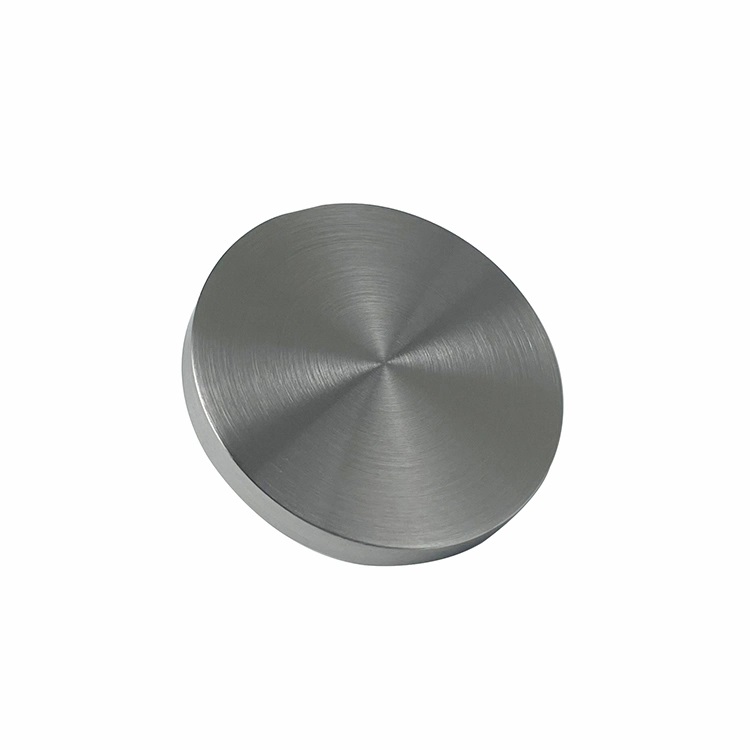
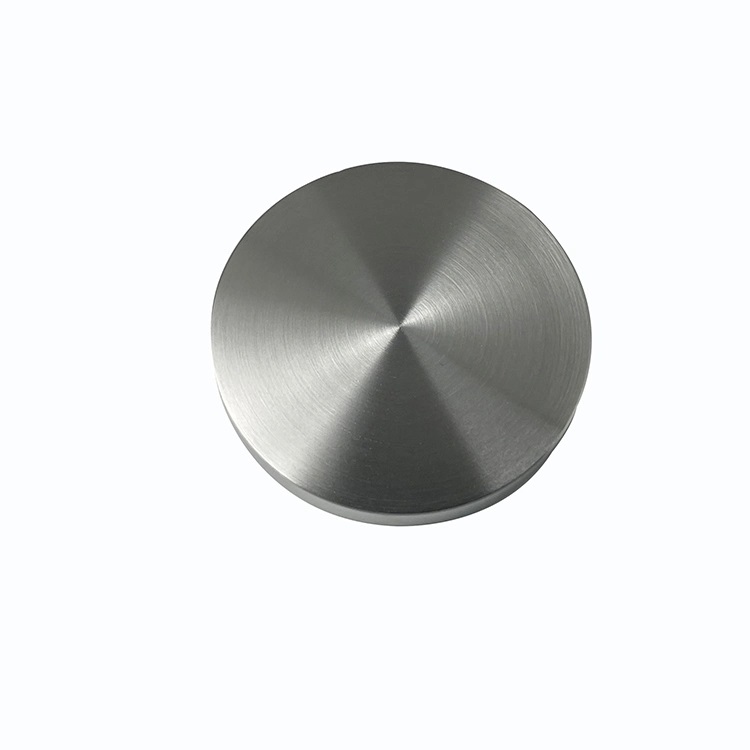
- High Electrical Conductivity: NiCuTi alloy sputtering targets deliver excellent electrical conductivity, making them ideal for use in electronic devices requiring efficient current flow and minimal energy loss.
- Corrosion Resistance: The addition of copper and titanium enhances the alloy’s ability to resist corrosion, particularly in environments exposed to chemicals, moisture, and salts.
- Enhanced Mechanical Strength: Titanium in the alloy improves the mechanical strength and wear resistance of NiCuTi thin films, making them suitable for applications requiring durability and high-stress tolerance.
- Thermal Stability: NiCuTi alloy thin films maintain their properties at high temperatures, making them suitable for aerospace and industrial applications involving elevated temperatures.
- Customizable Composition: The ratio of nickel, copper, and titanium in the alloy can be tailored to meet specific requirements, such as improving wear resistance or optimizing corrosion protection.
-
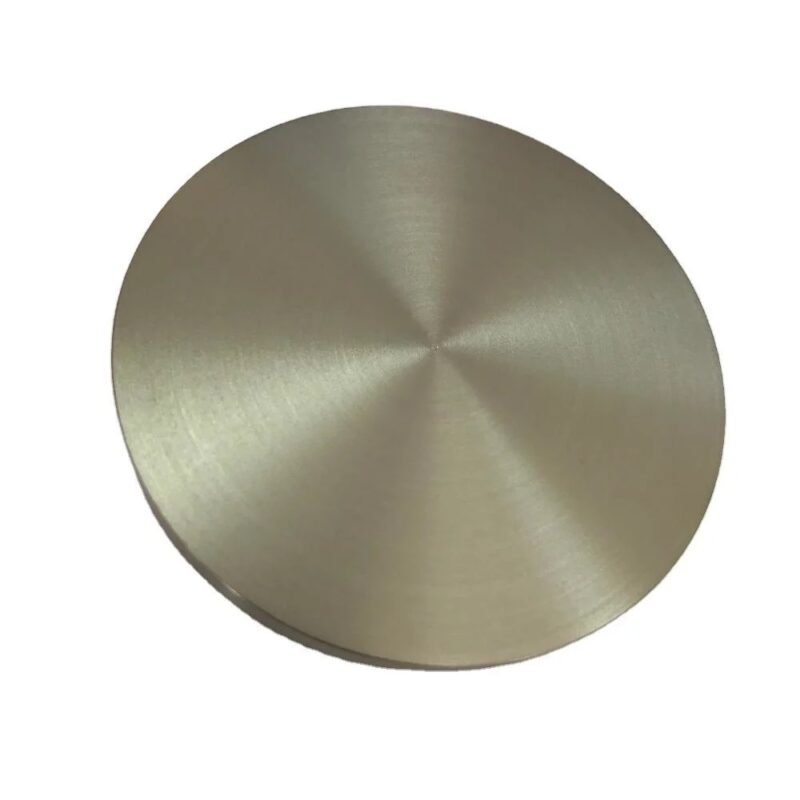
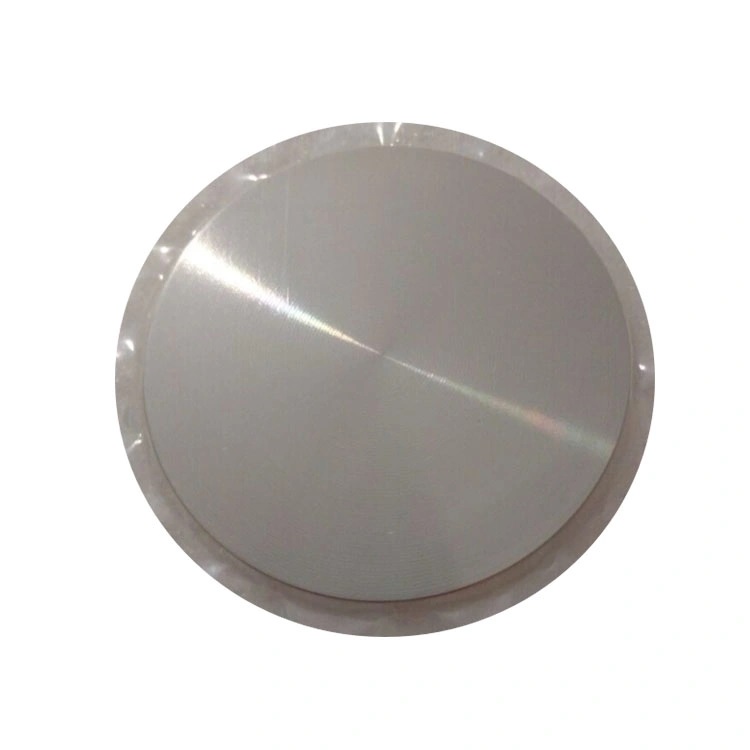
- Soft Magnetic Properties: NiFe alloys are known for their high magnetic permeability, low coercivity, and low core loss, making them ideal for use in magnetic applications such as sensors, inductors, and transformers.
- Corrosion Resistance: The alloy’s composition provides excellent resistance to corrosion and oxidation, ensuring long-term stability and durability in harsh environments.
- High Electrical Conductivity: NiFe alloy sputtering targets offer good electrical conductivity, which is critical in electronic applications requiring efficient current flow and minimal energy loss.
- Low Magnetic Coercivity: NiFe alloys exhibit low coercivity, meaning that they require minimal energy to magnetize and demagnetize, making them efficient in switching applications and data storage devices.
- Customizable Magnetic Properties: The ratio of nickel to iron can be adjusted to optimize the magnetic properties of the thin film for specific applications, such as enhancing permeability or reducing magnetic hysteresis.
